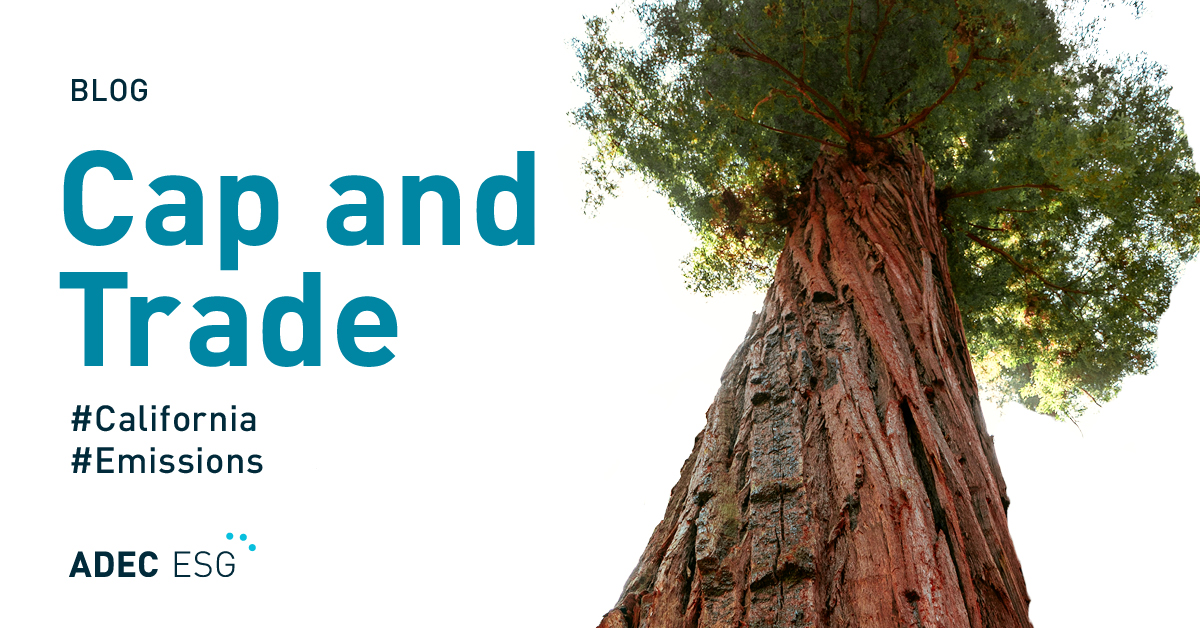“Clean air” has been a buzzworthy concept surrounding the environmental movement since the Clean Air Act of 1970, which was passed to help limit pollution and improve human health. But what does it mean to have “clean air” and how can we, as individuals, help to achieve it?
What is air pollution?
Air pollution is the general term used to describe the presence of harmful substances in the atmosphere. There are many different types of air pollutants, including gases, particulate matter, and biological molecules. According to the World Health Organization, exposure to air pollution is believed to cause various diseases, illnesses, and was estimated to cause 4.2 million premature human deaths in 2016 alone. It can also harm other living organisms either by direct damage, or alteration of their environment.
While air pollution can occur because of natural processes like forest fires or volcanic eruptions, the main source is human-driven activities. Industrial human activity—such as deforestation, and the burning of fossil fuels–is considered one of the biggest culprits of air pollution (and climate change), but individual choices and activities can equate to a substantial portion of air polluting emissions as well.
Here are some examples of every-day human activities that contribute to air pollution:
Wood burning: The burning of wood, most commonly in fireplaces, releases toxic air pollutants like carbon compounds that contribute to smog.
Using aerosol sprays: Household Items like spray paint, disinfecting/cleaning sprays, deodorants, air fresheners, and some beauty items release harmful particles into the air, like volatile organic compounds (VOCs).
Generating litter and waste: Household trash and refuse gets dumped into landfills. Over time, this waste generates methane, a chemical compound that contributes to climate change by trapping heat in the atmosphere.
Driving fuel-powered vehicles: Cars, trucks, and other vehicles emit a wide variety of air pollutants including VOCs, greenhouse gases, and other particulate matter.
Using household appliances: While largely unavoidable, the use of many appliances in our homes can contribute to ozone-depleting pollutants in the air. Refrigerators and air conditioning units both use refrigerants and aerosols to create their cooling-effects. Kitchen stoves and ovens that rely on gas power release nitrogen dioxide, which then reacts with oxygen to form toxic nitrates and nitric acid.
Why is clean air important?
Clean air is essential to the health of all living organisms. Amongst humans, children and teenagers, the elderly, and those who live in poverty are more likely to have poor health related to air pollution. Poor air quality can exacerbate respiratory diseases like asthma and can even lead to heart attacks and premature death. Plants, crops, and forests also show signs of devastation when exposed to air pollution. Particles in the air can obstruct photosynthesis, resulting in stunted growth and overall losses in crop yields. There is also the threat of acid rain, which results from sulfur dioxide and nitrogen oxides combining with water in the atmosphere. The resulting rain enters into soils and bodies of water, intoxicating essential resources shared by communities and natural environments worldwide.
Clean air is one of the major components of environmental health and is directly related to the overall health of our planet.
The Clean Air Act is a federal law that regulates air emissions and aims to prevent air pollution. Actions taken under the Clean Air Act have allowed us to tackle issues such as the threat to public health, toxic air pollutants, and overall protection of the ozone layer. In fact, the EPA estimates that since 1990, there has been an approximately 50% decline in emissions of key air pollutants. These dramatic reductions have prevented thousands of cases of serious health effects and are believed to have slowed the environmental effects of climate change.
However, there is still work to be done. The CDC states that increasing temperatures associated with climate change are projected to threaten human health by increasing concentrations of ground-level ozone and particulate matter. As the planet continues to heat up, increased occurrences of wildfires and other natural disasters will continue to pollute the air with gaseous emissions and particulate matter. It is crucial that we all make the effort to do our part to combat climate change and clear the air.
How you can help clear the air
This year on October 7 is California Clean Air Day, a project by the Coalition for Clean Air that encourages everyone to do their part when it comes to making clean air decisions. Individuals and organizations are encouraged to take the Clean Air Pledge, allowing for a tangible commitment to doing our part to clear the air through actions both big and small. Individuals have the option to register for the pledge alone, and/or as a household. Businesses and organizations are encouraged to take the pledge as well.
Registering for the Clean Air Pledge presents individuals with a variety of options that will help make an impact. For individual pledges, three main categories focus on Switching Things Out, Planting something and/or Reducing Vehicle Emissions. These categories allow individuals to make environmentally conscious choices in areas known to contribute to air pollution. Examples of actions include planting a tree, trying public transit systems, or biking to work. For organizations taking the pledge, categories focus on Engaging Employees for Clean Air, Changing Business Practices, and Community Outreach. Examples of action items include employee incentive programs, implementing sustainability plans, retrofitting systems/buildings to meet green standards, and hosting Clean Air Day events (either virtual, or socially distant of course).
Beyond taking the Clean Air Pledge, it is important to be conscious of how our choices can affect the environment and public health on a larger scale. Here are some steps you can take to begin clearing the air every day:
Get informed: Seek out information about how your daily choices could be contributing to air pollution, and climate change.
Make a commitment: Take part in projects like California Clean Air Day and hold yourself accountable to your new goals. Look for other similar projects, initiatives, or volunteer opportunities in your community.
Take Action: There are a variety of individual choices that can help reduce air pollution. Biking to work, switching to energy efficient appliances, planting trees, recycling or reducing household waste, or switching out aerosols in the home are just a few examples of actionable steps.
ADEC ESG is a leading provider of sustainability solutions, with expertise in delivering fully-integrated consulting, software, and data management services. Connect with us on Facebook, Twitter, and LinkedIn for the latest in sustainability around the world.
Want to stay on top of the latest on global sustainability issues? Subscribe to our monthly newsletter, GreenWatch.




